Azerbaijan combines contemporary architecture with ancient heritage. Baku showcases modern skyscrapers alongside medieval monuments in its fortified city. The landscapes include the Caucasus Mountains with traditional villages and ski resorts. The territory contains mud volcanoes in Gobustan, natural gas flames, and the Caspian Sea coast. Historical buildings, museums, and religious structures reflect the country's history through different periods.
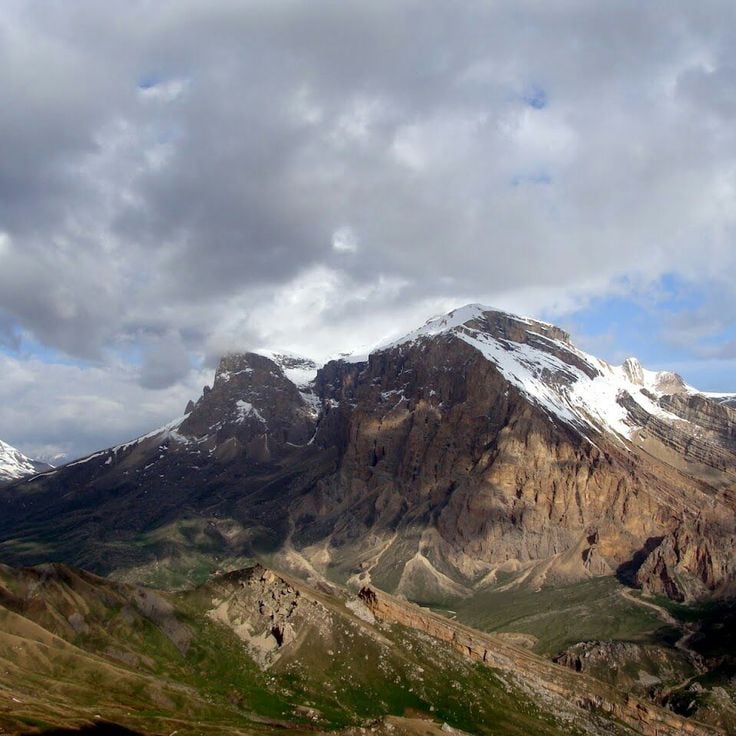
Quba, Azerbaijan
A peak reaching 4243 meters in the Greater Caucasus, covered by eternal snow and surrounded by alpine forests.
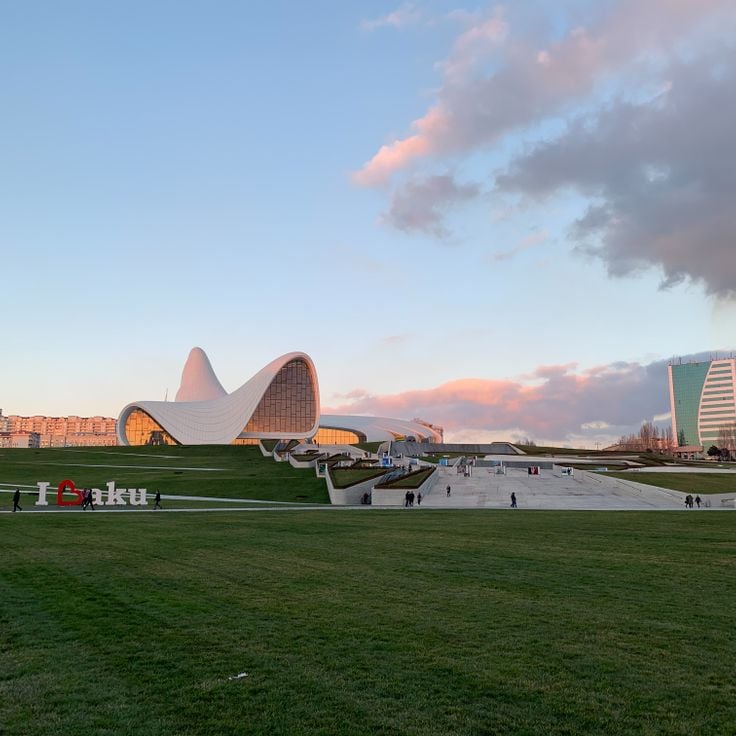
Baku, Azerbaijan
The 57-meter high white building features continuous curved lines without right angles, created by architect Zaha Hadid in 2012.

Baku, Azerbaijan
Three towers, each 182 meters high, built in 2012 to represent flames and illuminated with LEDs at night.
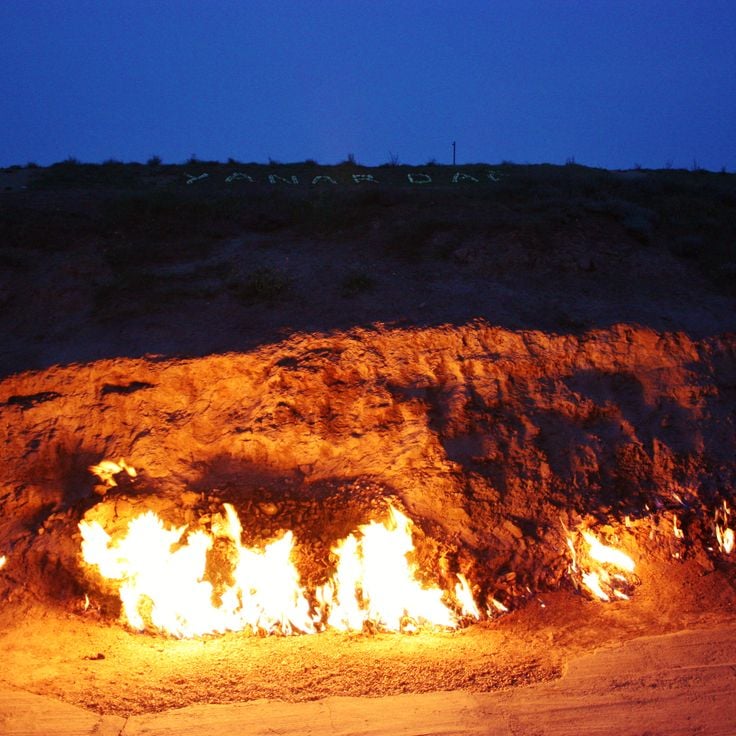
Baku, Azerbaijan
A natural hill where underground gases fuel flames that have been burning continuously for centuries over a ten-meter area.
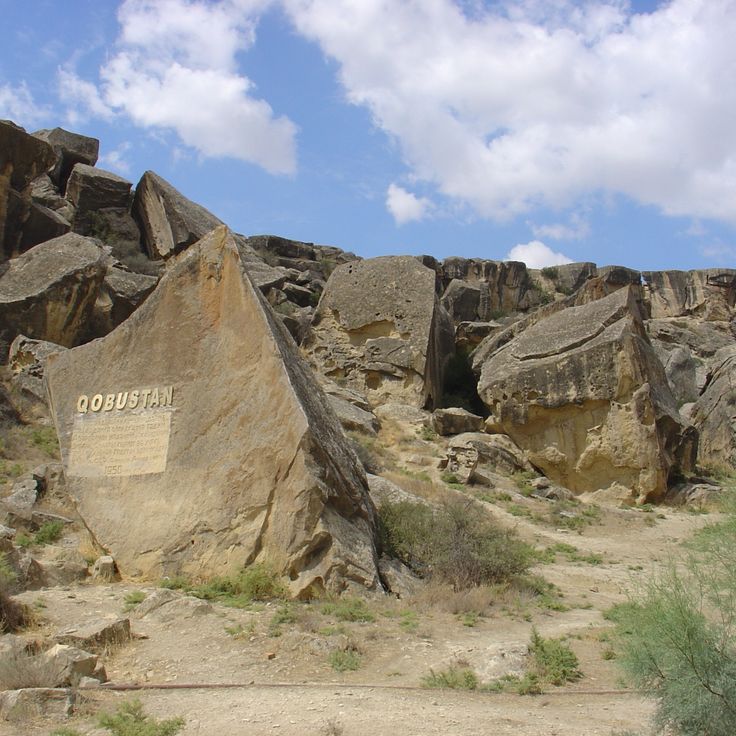
Gobustan, Azerbaijan
National reserve with more than 6000 rock engravings dating back to the Paleolithic era, Roman monuments, and 400 active mud volcanoes.
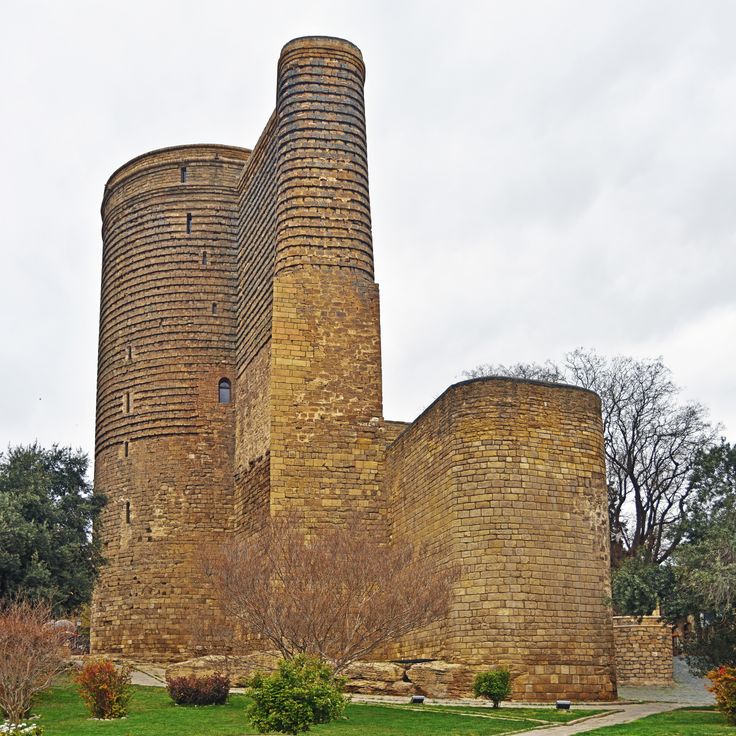
Baku, Azerbaijan
This 29-meter stone cylindrical tower served as a lighthouse and fortification in the medieval city.

Shaki, Azerbaijan
An ancient trading center on the Silk Road with an 18th-century palace decorated with frescoes and colored stained glass.

Quba, Azerbaijan
Village located at 2350 meters in the Caucasus mountains, inhabited for over 5000 years. The residents speak a unique local language.

Baku, Azerbaijan
Major city of Azerbaijan located on the Abşeron Peninsula, along the coast of the Caspian Sea, home to over 2 million residents.
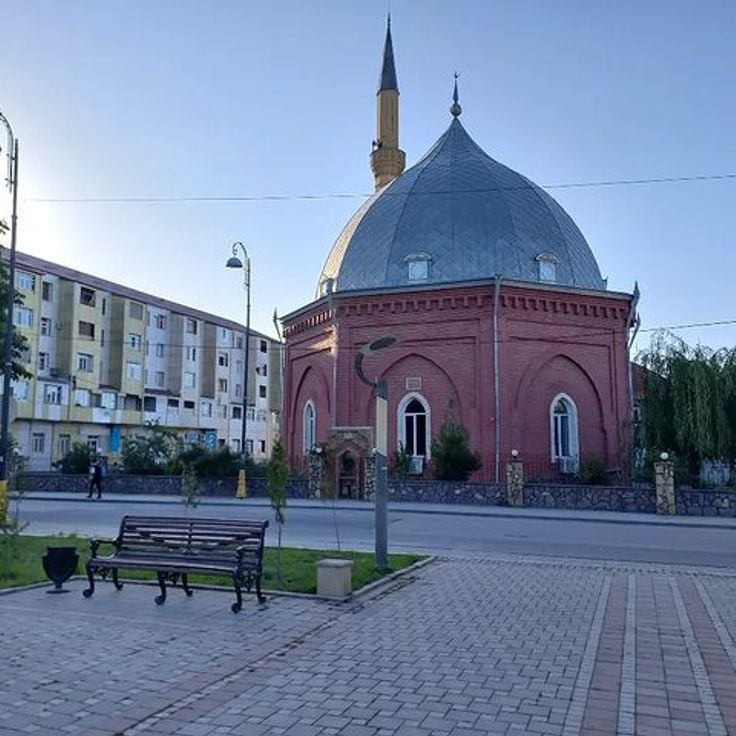
Quba, Azerbaijan
Northern Azerbaijani town known for its traditional carpets and orchards. The Jewish district has several historical synagogues.
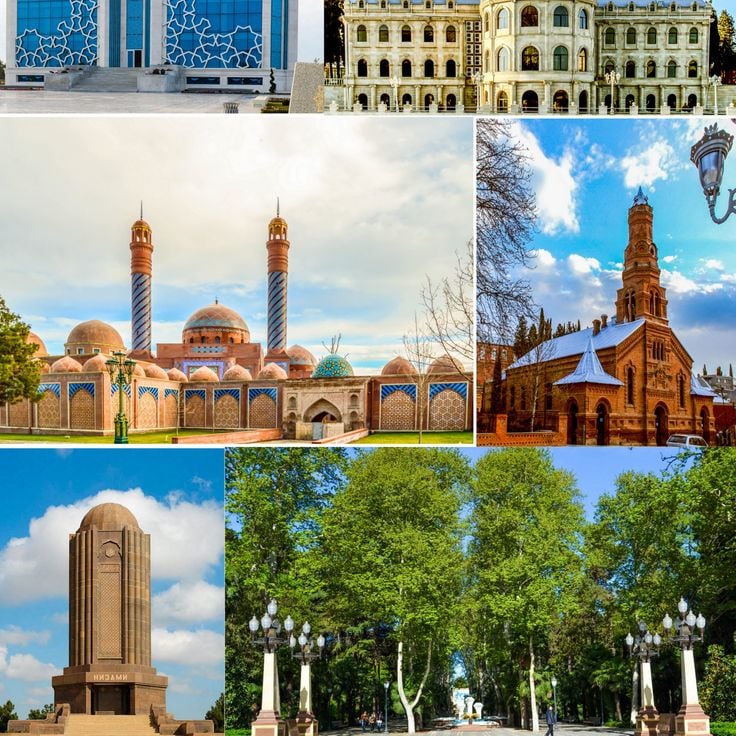
Ganja, Azerbaijan
Industrial and cultural center with 330,000 inhabitants. The city includes several medieval monuments including the mausoleum of Nizami Ganjavi, a Persian poet.
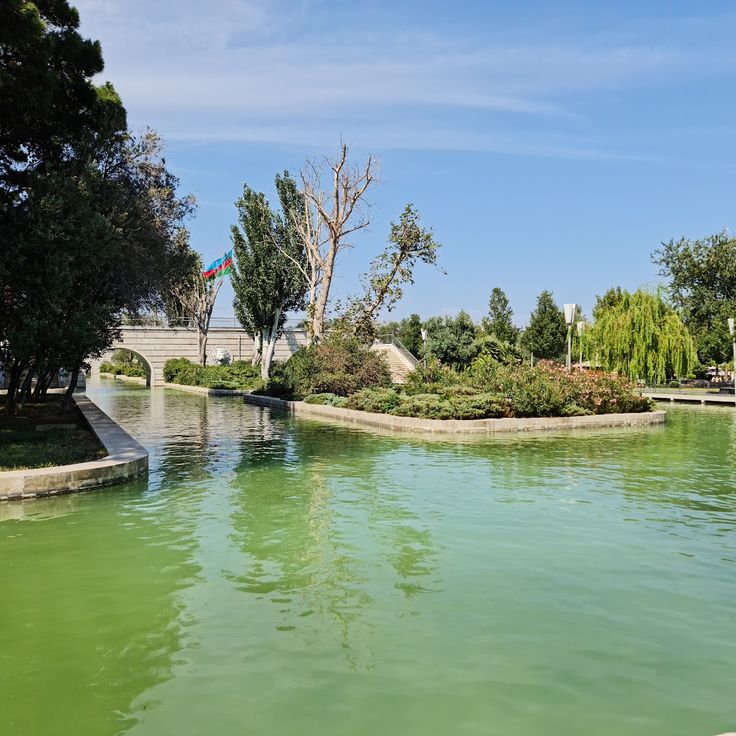
Baku, Azerbaijan
This 3.5-kilometer promenade runs along the Caspian Sea, with palm trees, gardens, and terrace cafes.
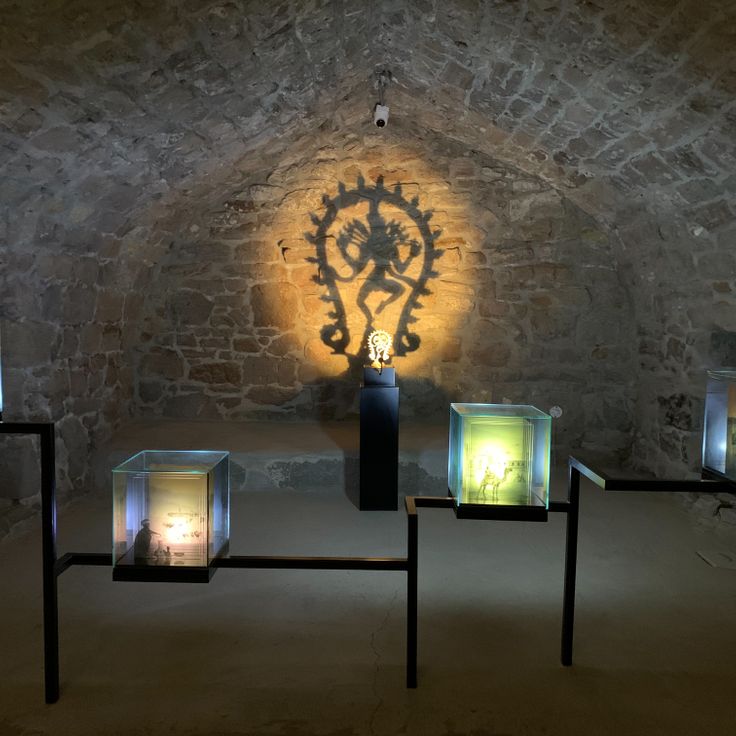
Baku, Azerbaijan
17th-century stone temple with a central altar where an everlasting fire fed by natural gas once burned.

Nakhchivan, Azerbaijan
City situated in an enclave between Armenia and Iran, regional administrative center with many Islamic monuments from the 12th and 14th centuries.
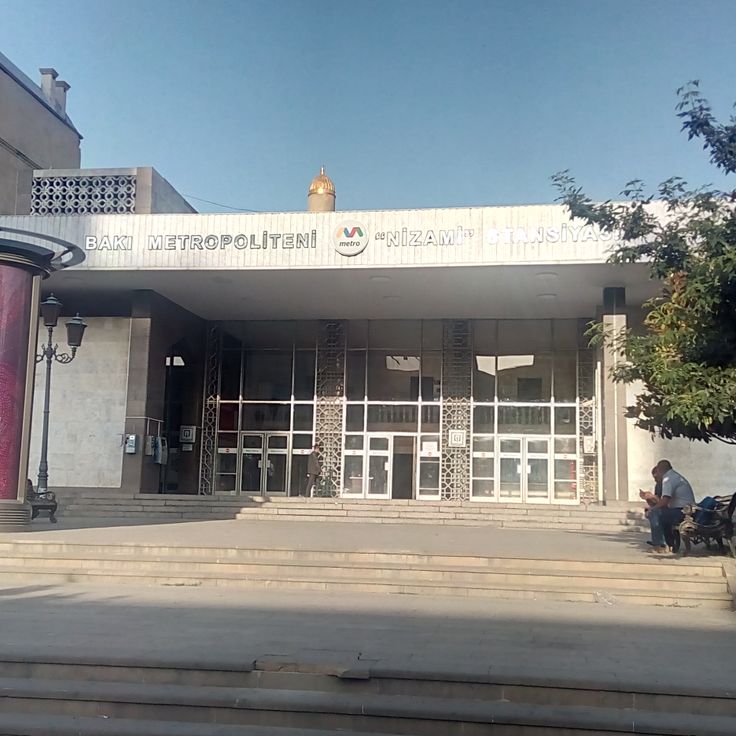
Baku, Azerbaijan
19th-century commercial street lined with European-style buildings featuring shops, cafes, and restaurants in historical buildings.
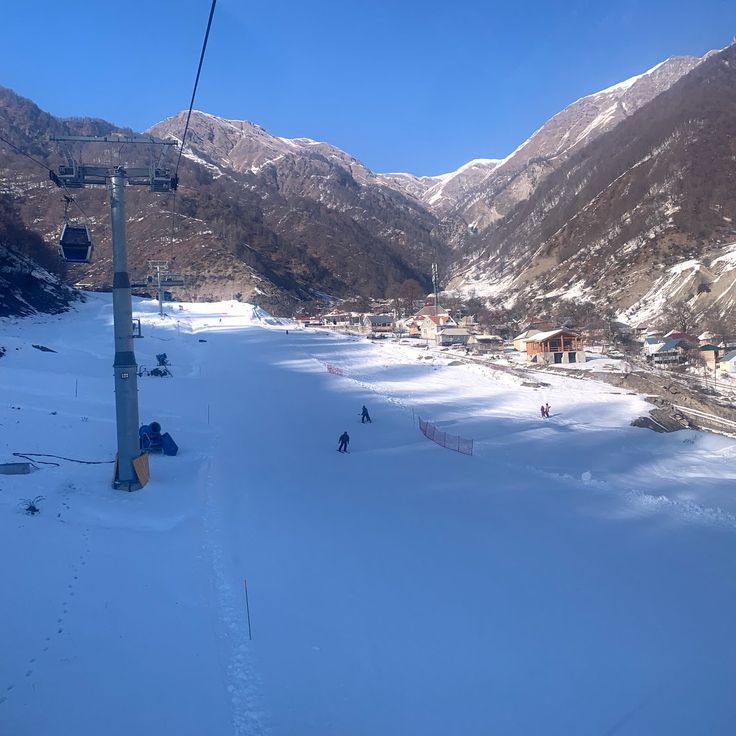
Qabala, Azerbaijan
Winter sports center situated at 4000 meters with ski slopes extending across the Caucasus range.

Baku, Azerbaijan
Large esplanade bordered by shops and cafes featuring several modern fountains with lighting systems and water displays.
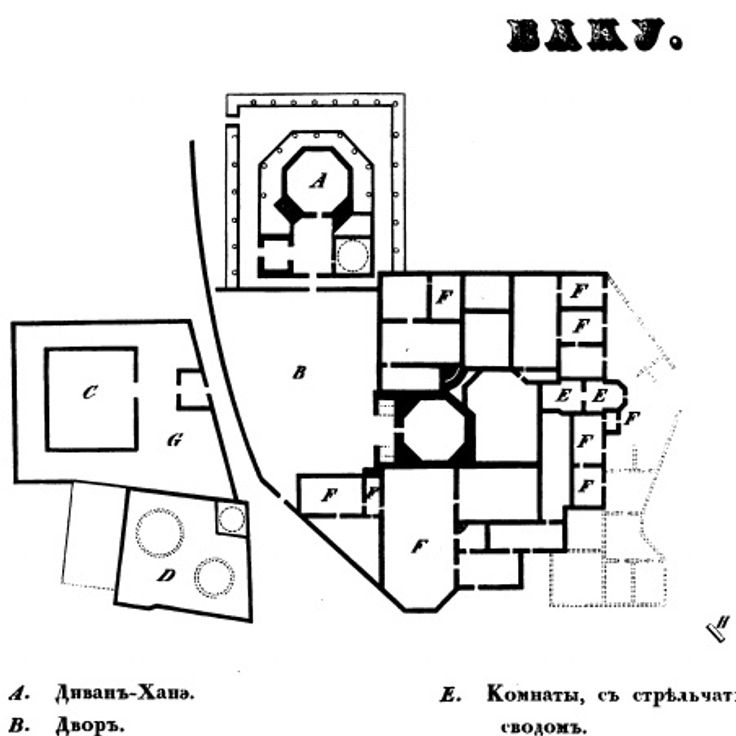
Baku, Azerbaijan
Medieval architectural complex with a mosque, mausoleum, and bathhouse built by the rulers of the Shirvanshah dynasty between 1420 and 1460.

Baku, Azerbaijan
Collection of over 10,000 carpets and textile items displayed in a modern building shaped like a rolled-up carpet, inaugurated in 2014.
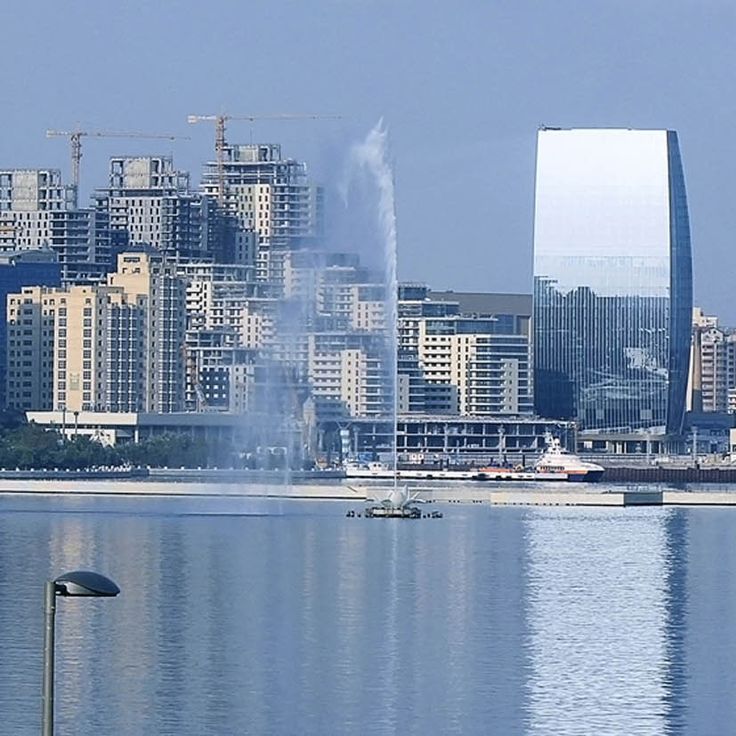
Baku, Azerbaijan
Modern real estate complex located on Baku Boulevard, blending commercial and residential spaces in a contemporary architectural style.
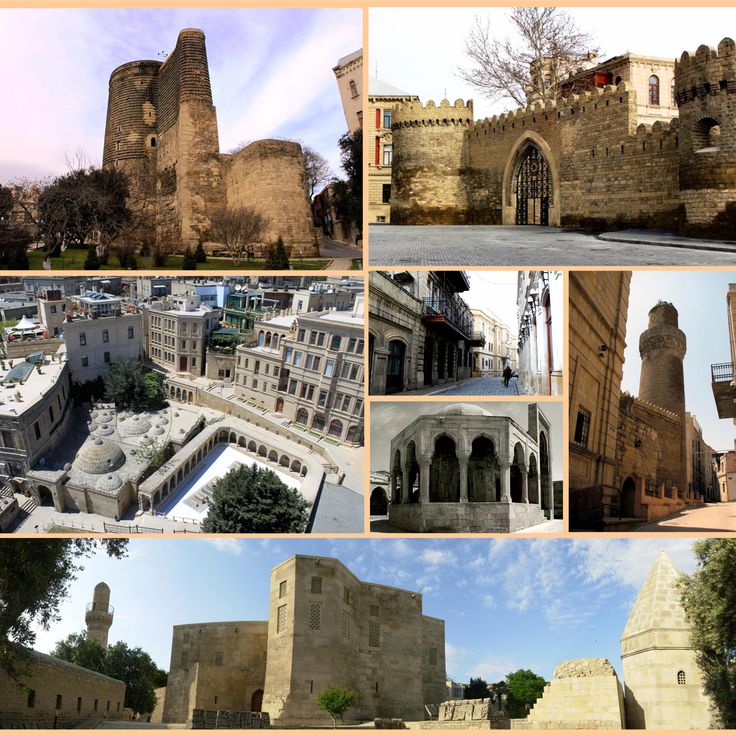
Baku, Azerbaijan
Historical district surrounded by medieval walls housing monuments, cobblestone streets, and traditional shops.
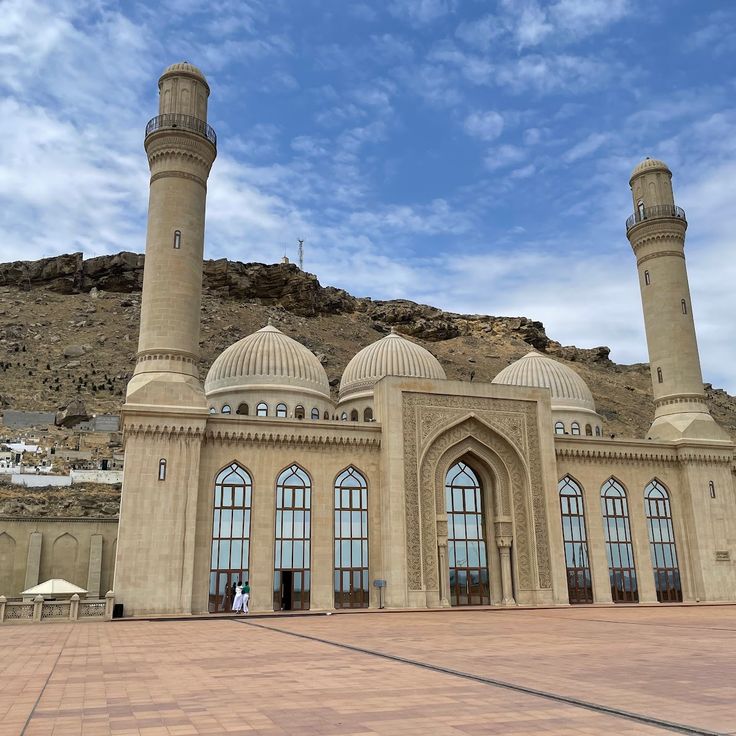
Baku, Azerbaijan
Religious center rebuilt in 1998 replacing a sanctuary destroyed in 1936, featuring twin minarets and geometric patterns in prayer rooms.
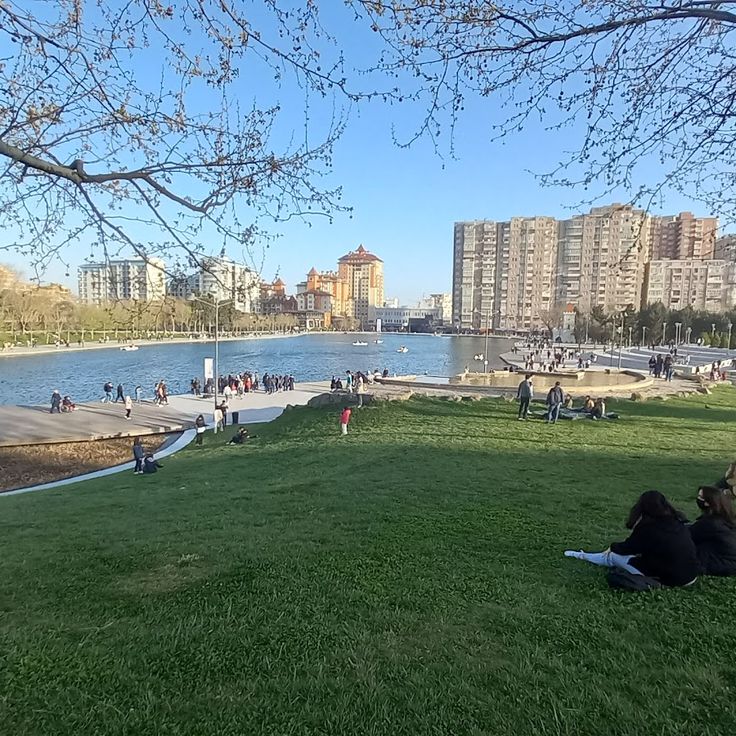
Baku, Azerbaijan
Public garden developed on a hill overlooking the Caspian Sea, offering views of the capital's skyline.
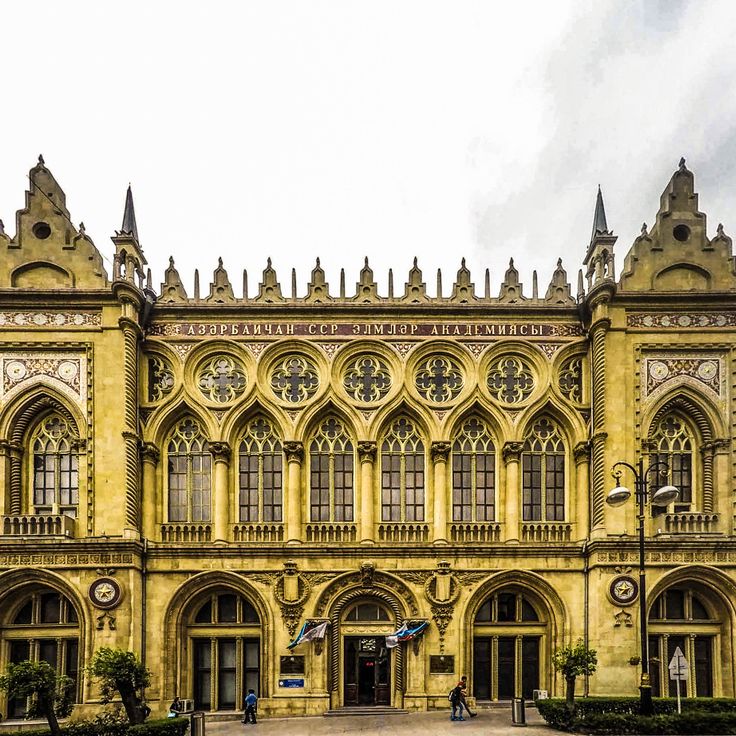
Baku, Azerbaijan
Building designed by Polish architect Iosif Ploshko that housed the Muslim Philanthropic Society, constructed during the early 20th-century oil boom.
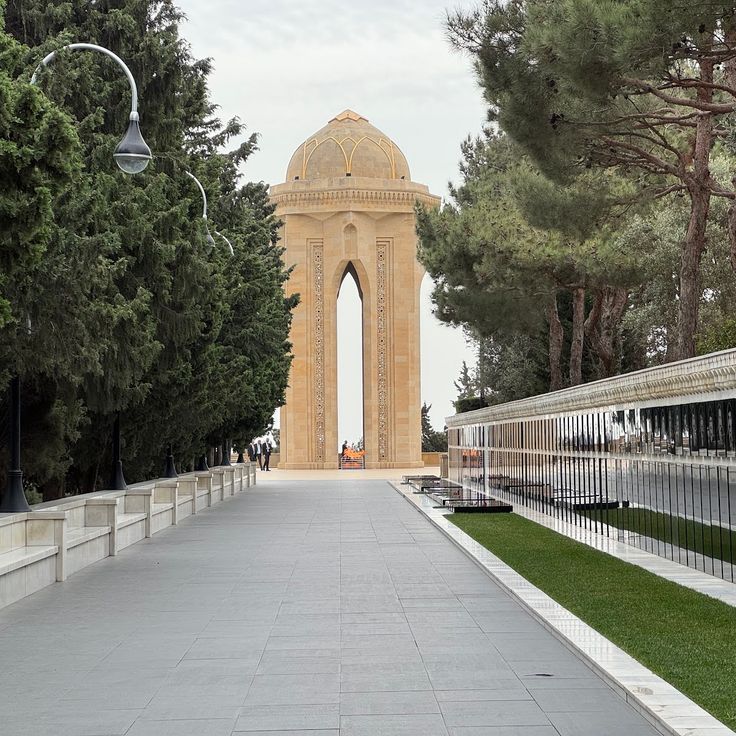
Baku, Azerbaijan
Memorial dedicated to Azerbaijani soldiers and civilians who died during the January 1990 events and the Nagorno-Karabakh War.
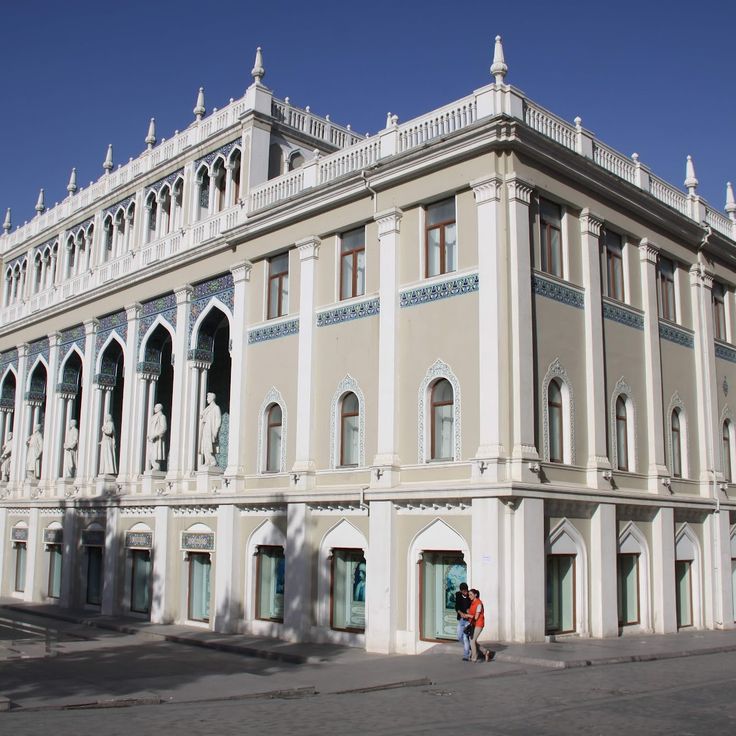
Baku, Azerbaijan
Former girls' boarding school funded by oil magnate Zeynalabdin Taghiyev, now converted into an institute for preserving historical manuscripts.

























